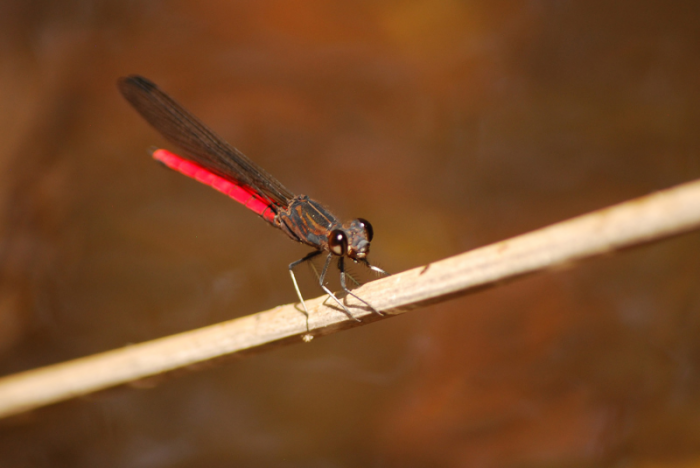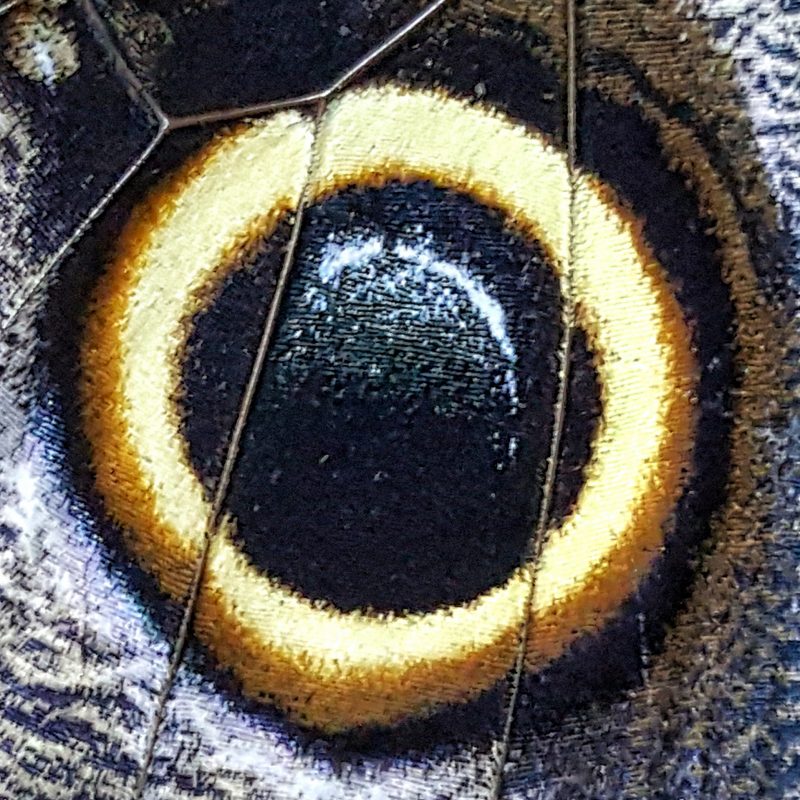A very Happy New Year to each and everyone of you. It is hard to believe that 2020 is behind us and 2021 has started. The world is still in the grips of Covid-19, but we have become accustomed to this “new” way of living. With these challenges great opportunities also arise and innovation happens. It has been a year of growth and the opening of new doors.
The BDI Citizen Science community has grown stronger. Biodiversity mapping has been a great way to keep sane throughout 2020. We held several Citizen Scientist Hours which opened up a whole new world to all of us. To catch up on the various awesome talks, visit our YouTube Channel.
Virtual Museum
New Year’s resolution for Team Virtual Museum: “Starting in my home grid cell on 1 January 2021, I will upload to the Virtual Museum records of as many species as possible (and I will be especially careful not to neglect the common species). Wherever I travel in 2021, I will do my best to keep the distribution maps up-to-date for as many species as possible.”
In spite of all the challenges, 2020 was BestYearEver for the Virtual Museum, by a margin of 24%. That is an awesome achievement, Team Virtual Museum. 2020 is now history. Even the colour of its line on this plot has changed from red to blue. The current year is always RED, and in the bottom left hand corner you can see that the first records for the year have already been submitted.2021 needs to be the year of “refreshment” of old records. Let’s pretend that we are starting again from scratch. This is the strategy for keeping the distribution maps up-to-date. This is the primary need of biodiversity conservation planning and priority setting. Without up-to-date maps (and historical maps to show how distributions are changing), conservation planning for species is as effective as winking in the dark! Strength and peace to all citizen scientists in 2021.

Fundamentals of Citizen Science – BDI Course
Rick Nuttall revealed the new BDI course, to be called Fundamentals of Citizen Science in one of our recent BDI Citizen Scientist Hour events. We plan to repeat the course at least three times in 2021. The planned dates and places are:
- 21-28 February at the Karoo Gariep Nature Reserve (New Holme Guest Farm), Hanover, Northern Cape
- 11-18 April at Louisvale Farm, north of Carnarvon, Northern Cape
- 6-13 August at Botuin, Vanrhynsdorp, Western Cape.
- The provisional cost is R11,900 per person for the course including food and accommodation. Please send emails expressing interest to megan@thebdi.org
You can read more about what the courses involver here.
OdonataMAP
There are now more than one hundred thousand (100,000) photographic records in OdonataMAP. That is a huge. For the purpose of producing distribution maps for the dragonflies and damselflies of Africa, the OdonataMAP data is supported by the 121,000 records of ADDO data, mostly the historical data in museum collections. Within the next year, we should aim to get the OdonataMAP database larger than 121,000. 100,000 photographic records. That is a stunning achievement! Thank you, OdonataMAPpers, and well done!


